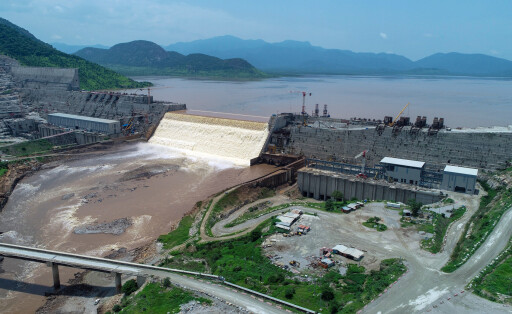The East Africa region includes the following countries: Eritrea, Kenya, Rwanda, Sudan, South Sudan, Tanzania, Uganda, Burundi, Djibouti, Madagascar, Somalia, Ethiopia, Seychelles, Comoros, Malawi, Mozambique and Mauritius. These countries are playing an increasingly important role in the global economy and for the region. You can read all the news from the Table.Briefings editorial team on the East Africa region and its countries here. East Africa: Economy and trade relations of East African countries East Africa is experiencing significant economic growth, countries such as Kenya and Tanzania are important trading centers that benefit from their location as gateways to Eastern and Central Africa. The port of Mombasa in Kenya and the port of Dar Es Salaam in Tanzania are important transit ports for trade in the region. Economic growth is supported by the promotion of trade relations both within the region and with other parts of the world. Despite these positive developments, the countries of East Africa face challenges in the areas of infrastructure and trade barriers. Corruption, inadequate transportation routes and bureaucratic hurdles often hinder the efficiency and growth of the trade sector. East Africa: Strengthening the regional economies of East African countries Initiatives such as the East African Community (EAC), an East African Economic Integration Community and the African Continental Free Trade Area (AfCFTA) aim to overcome these barriers and strengthen the regional economies between countries. East African Community (EAC): The EAC was founded in 1967 and consists of six member countries: Kenya, Uganda, Tanzania, Rwanda, Burundi and South Sudan (since 2016, although accession is still pending). The aim of the EAC is to promote close economic and political cooperation between the member countries in order to accelerate economic development, combat poverty and improve the quality of life of citizens. African Continental Free Trade Area (AfCFTA): The AfCFTA is an African Union (AU) initiative that aims to create a single market for goods and services on the African continent. It was established in March 2018 and is one of the largest free trade areas in the world. In summary, both the EAC and the AfCFTA are important initiatives to promote economic integration and strengthen the regional economy in East Africa. They aim to overcome obstacles such as trade barriers and infrastructure gaps in order to promote sustainable economic development and integration in the East African region and between countries. East Africa: The impact of climate change and environmental problems in the countries of East Africa Climate change poses an increasing threat to East Africa: Recent events show that climate change in East Africa is having a serious impact, affecting various aspects of daily life: increased adaptation measures and international support are needed to address these challenges. Initiatives such as promoting sustainable agricultural practices, strengthening water governance and promoting renewable energy play a crucial role. In addition, policies to reduce greenhouse gas emissions and promote climate resilience are crucial to mitigate the negative impacts of climate change in East Africa in the long term. Despite the challenges, the East Africa region offers considerable potential for economic development and social progress in the individual countries. Continuing regional integration, promoting infrastructure projects and combating the effects of climate change are crucial to creating a sustainable and resilient future for the people of the region.

Climate summit and mega dam: Ethiopia presents itself as a climate pioneer
On the first day of the Africa Climate Summit, host country Ethiopia opens the GERD mega dam. With this billion-euro project, Addis Ababa is underlining its claim to a leading role in the green transition.
By Bernhard Pötter
